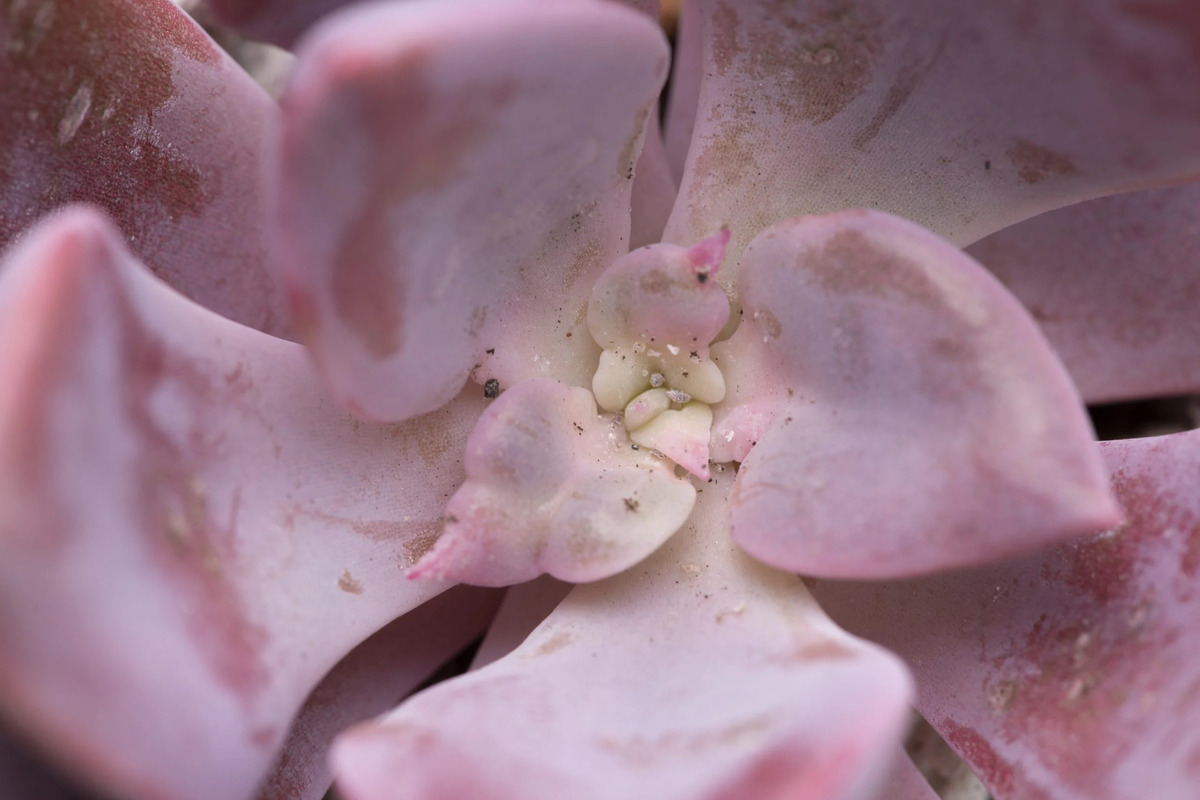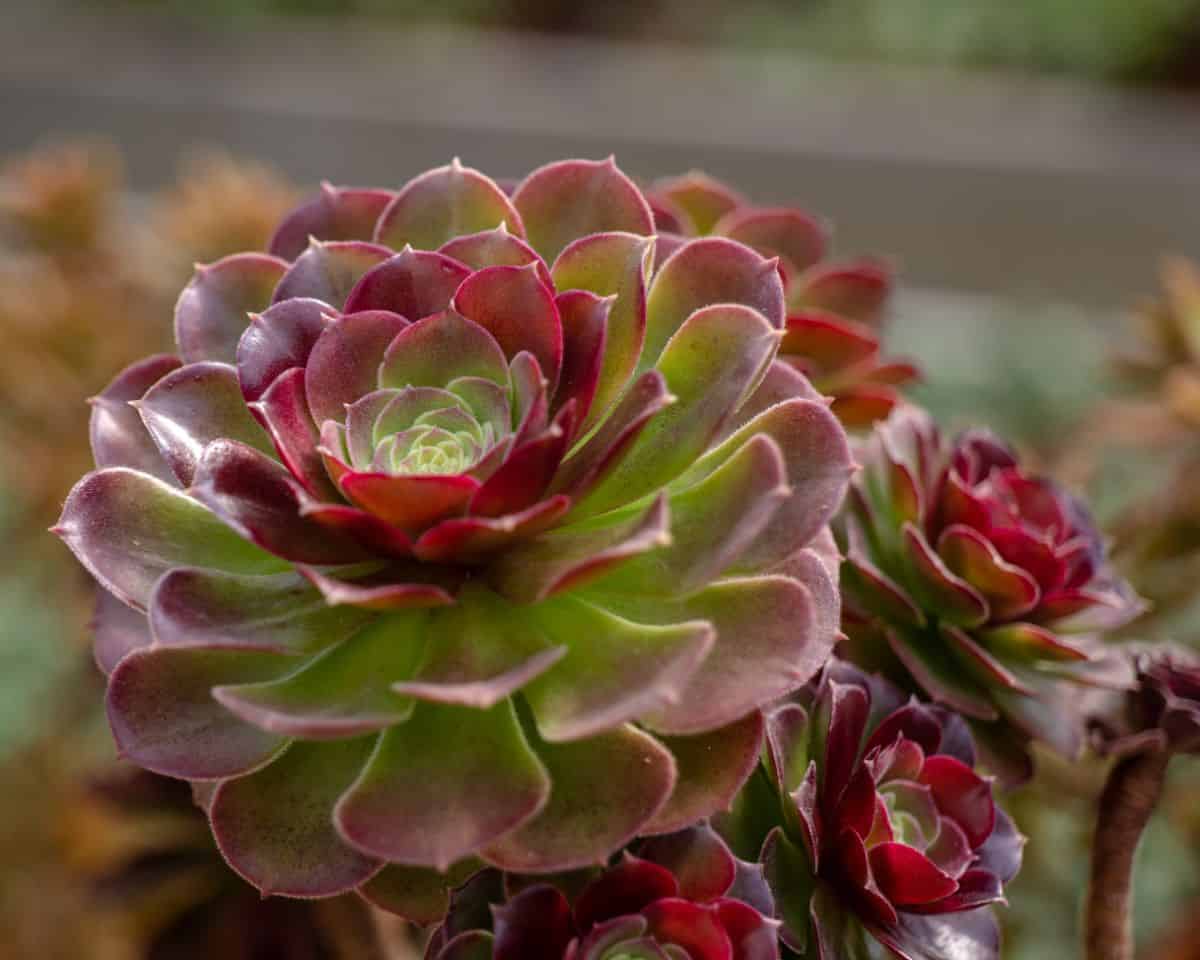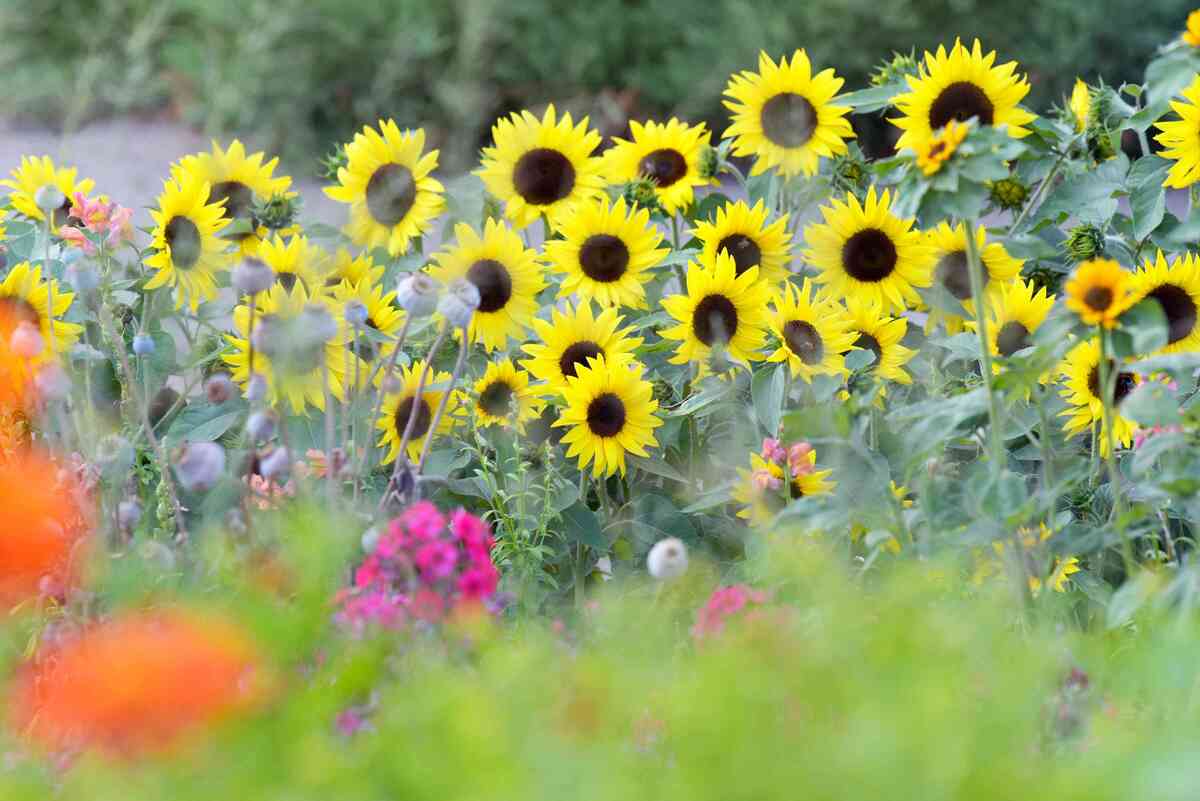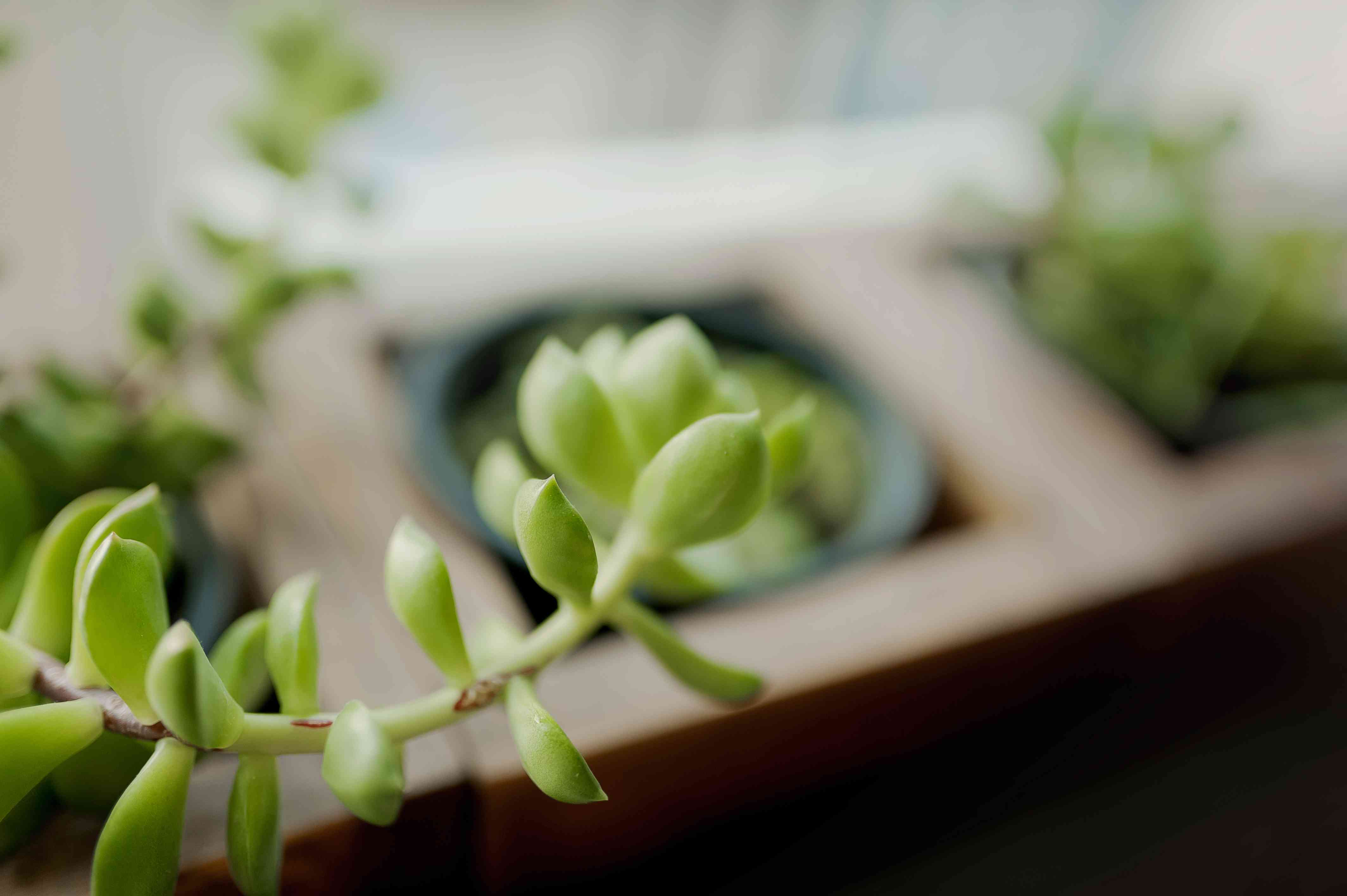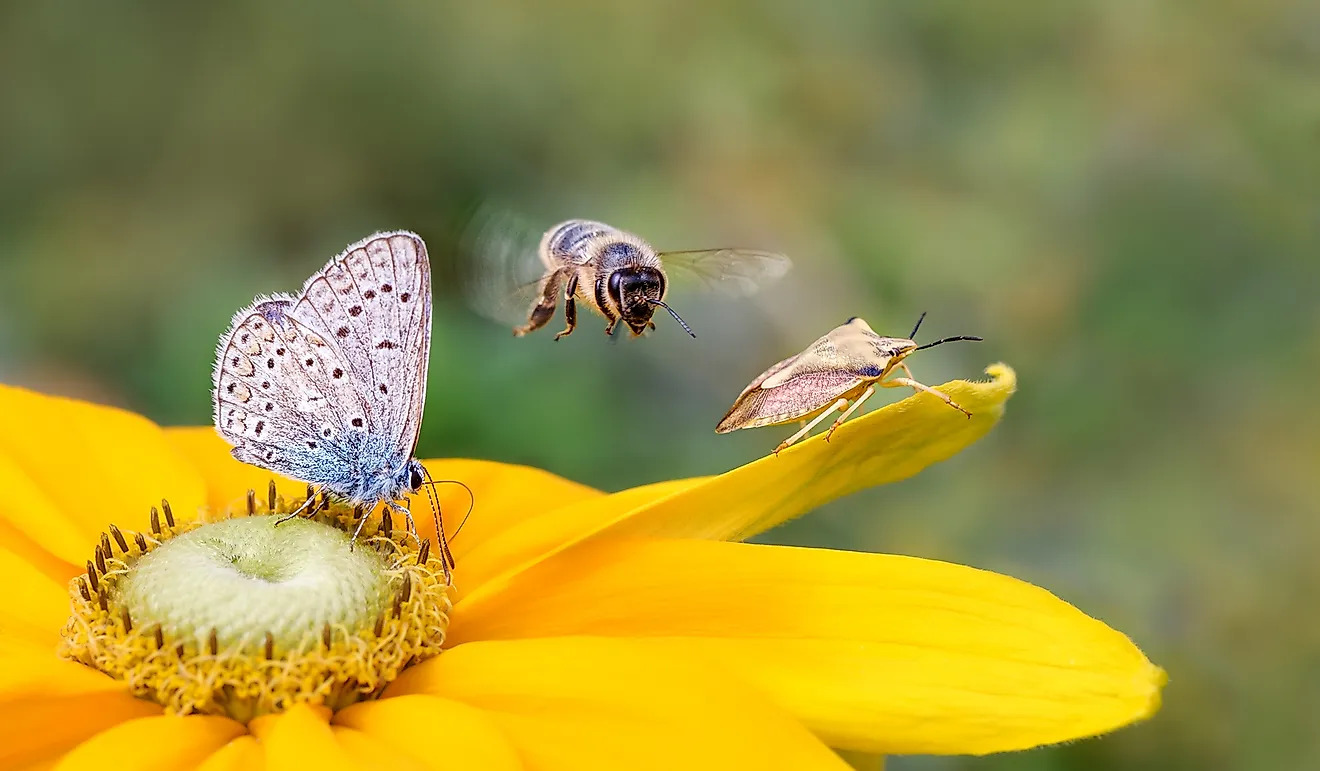Home>Gardening News and Trends>Latest News>Why Are They Called Succulents
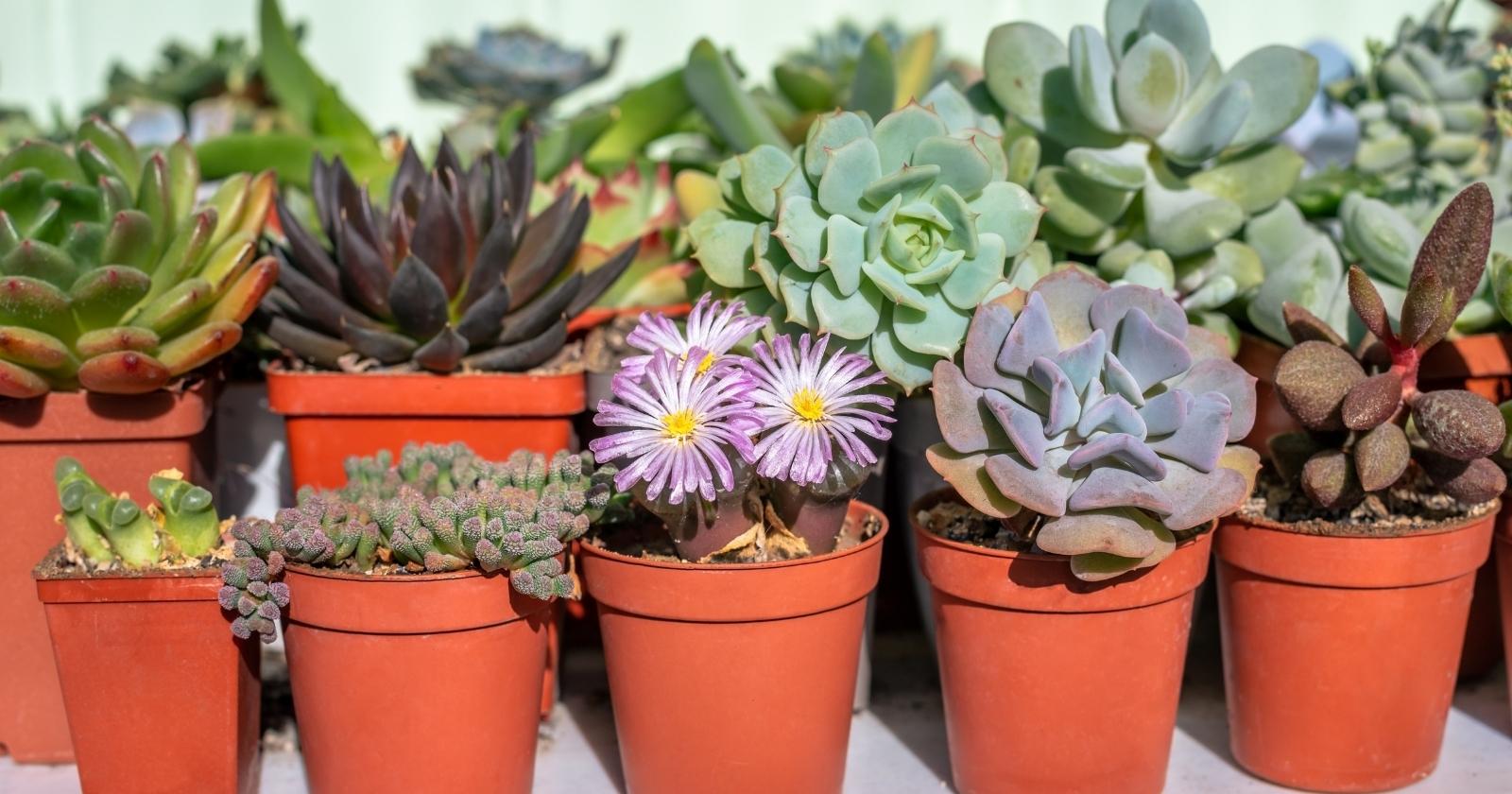

Latest News
Why Are They Called Succulents
Modified: February 9, 2024
Discover the latest news on why succulents are called succulents and learn their unique features and care tips. Stay updated with the latest trends in the succulent world.
(Many of the links in this article redirect to a specific reviewed product. Your purchase of these products through affiliate links helps to generate commission for Chicagolandgardening.com, at no extra cost. Learn more)
Table of Contents
Introduction
Succulents have skyrocketed in popularity in recent years, becoming a staple in homes, offices, and gardens around the world. Their unique and captivating appearance, low-maintenance nature, and ability to thrive in various conditions make them a favorite among both seasoned gardeners and beginners alike.
But have you ever wondered why these plants are called “succulents”? What makes them different from other types of plants? In this article, we will unravel the mystery behind the name and explore the fascinating world of succulents.
Succulents are a diverse group of plants that have adapted to survive in arid and semi-arid regions. They are known for their ability to store water in their leaves, stems, or roots, which enables them to withstand long periods of drought. This unique characteristic is what sets succulents apart from other plants.
The term “succulent” is derived from the Latin word “succulentus,” which means “juicy” or “sap-filled.” This name perfectly describes the fleshy, water-filled leaves and stems of these plants. The succulent adaptation allows them to retain and store water, making them highly resilient in harsh environments.
Succulents come in a wide range of shapes, sizes, colors, and textures, making them incredibly versatile for both indoor and outdoor displays. From the iconic rosettes of Echeveria to the spiky leaves of Aloe vera, succulents offer an endless array of aesthetic possibilities.
In addition to their visual appeal, succulents have gained recognition for their numerous benefits. They are famed for their air-purifying properties, helping to improve indoor air quality. Furthermore, studies have shown that simply being around plants, including succulents, can have a positive effect on mental health and well-being.
Whether you are a seasoned plant enthusiast or just starting your green journey, succulents are a fantastic choice. In the following sections, we will dive deeper into the definition of succulents, their origins, characteristics, popular types, care tips, and common misconceptions. So, let’s embark on this succulent adventure!
Definition of Succulents
Succulents are a group of plants that exhibit a unique adaptation to arid and dry environments. They are known for their ability to retain water in their leaves, stems, or roots, enabling them to survive in harsh conditions with limited water availability.
The defining characteristic of succulents is their ability to store water in specialized structures. This adaptation allows them to withstand long periods of drought and thrive in regions where other plant species struggle to survive.
The fleshy leaves of succulents serve as reservoirs, storing water for extended periods. Some succulents, like the Aloe vera plant, store water in their thick stems, while others, like the Snake Plant, store water in their roots.
Due to their water-storing capabilities, succulents have developed other distinctive features. Their leaves are often thick and fleshy, with a waxy or hairy coating that helps reduce water loss through evaporation. This adaptation is known as succulence.
Succulents are often associated with dry climates like deserts, but they can also be found in other regions around the world, including arid mountain ranges and coastal areas. They have evolved to adapt and thrive in a variety of ecological niches, making them a versatile group of plants.
It is important to note that not all drought-tolerant plants are considered succulents. The term “succulent” specifically refers to plants that store water in specialized tissues, distinguishing them from other drought-resistant plants that employ different survival strategies.
Succulents encompass a broad range of plant families, with thousands of species and countless hybrids and cultivars. This diversity allows for an incredible variety of shapes, colors, sizes, and textures among succulents, making them highly desirable for ornamental purposes.
So, if you come across a plant that has thick, fleshy leaves or stems and is able to withstand prolonged periods of drought, chances are it is a succulent. These plants have mastered the art of water storage and have adapted to thrive in some of the harshest environments on Earth.
Origin of the Term “Succulent”
The term “succulent” has its roots in the Latin language. It is derived from the Latin word “succulentus,” which means “juicy” or “sap-filled.” This name perfectly captures the characteristic fleshy and water-storing nature of succulent plants.
The earliest usage of the term “succulent” can be traced back to the mid-18th century when it was introduced into the field of botany. The term was initially used to describe plants that possessed fleshy, water-filled tissues and had adapted to survive in arid environments.
As the study of succulent plants expanded, botanists and researchers recognized the need for a specific term to distinguish these fascinating plants from others. The term “succulent” was then adopted as a collective name for this specific group of water-storing plants.
The use of the term “succulent” in the botanical world gained popularity in the early 19th century, with increased exploration and study of plant species across various regions. Succulents, with their unique adaptations, caught the attention of botanists and horticulturalists, leading to a growing interest in classifying and understanding these plants.
Over time, the term “succulent” became widely recognized and accepted, not only within the scientific community but also amongst everyday gardeners and plant enthusiasts. Today, it has become the common and widely used name for this remarkable group of plants.
While the term “succulent” originated in Latin, it has found its way into many other languages, retaining its core meaning of “juicy” or “sap-filled.” Succulents are known as “succulents” in English, “succulenten” in Dutch, “sukkulente” in German, and “suculenta” in Spanish, among other variations.
It is this unique ability of succulents to store water within their tissues that makes them so intriguing and captivating. Their succulence allows them to survive and thrive in environments with limited water supply, making them essential constituents of arid ecosystems around the world.
The term “succulent” not only carries a botanical significance but has also become synonymous with beauty, adaptability, and resilience. It embodies the remarkable qualities and characteristics that make succulents so highly regarded by plant enthusiasts and collectors alike.
Now that we understand the origin of the term “succulent,” let us delve deeper into the characteristics and features that define these incredible plants.
Characteristics of Succulents
Succulents possess a distinctive set of characteristics that set them apart from other plants. These features have enabled them to adapt and thrive in environments where water is scarce. Here are some key characteristics of succulents:
- Fleshy and Water-Storing Tissues: Succulents have specialized tissues, such as fleshy leaves, stems, or roots, that are capable of storing significant amounts of water. These water-storing structures allow succulents to survive extended periods of drought, as they can draw on these reserves as needed.
- Succulence: Succulence refers to the ability of plants to store water in their tissues. It is this succulence that gives succulents their unique appearance, with plump and swollen leaves or stems. This adaptation helps succulents conserve water and reduces the need for frequent irrigation.
- Waxy or Hairy Coating: Many succulents have a protective outer coating on their leaves or stems. This coating can be waxy or hairy and serves multiple purposes. It helps to reduce water loss through evaporation by creating a barrier, and it also protects the plant from intense sunlight and potential predators.
- Drought Tolerance: Succulents have evolved to thrive in arid and semi-arid regions where water is scarce. Their water-storing abilities and efficient water usage make them highly drought-tolerant plants. They can survive extended periods without rainfall, making them ideal choices for low-water gardening and xeriscaping.
- Varied Forms and Shapes: Succulents come in a wide variety of forms, shapes, colors, and textures. From the compact rosettes of Echeveria to the sprawling branches of a Jade Plant, succulents offer an incredible range of morphological diversity. This variation adds to their visual appeal and makes them highly sought-after as ornamental plants.
- Ability to Propagate Easily: Succulents have a remarkable ability to propagate and reproduce. Many succulents can be easily propagated through stem cuttings, leaf cuttings, or by division. This characteristic make them rewarding plants to grow, as new plants can be created from existing ones relatively easily.
- Adaptability to Different Environments: Succulents have adapted to thrive in a range of environments beyond deserts. They can be found in rocky terrains, mountains, coastal regions, and even in indoor settings. Their ability to adapt to various conditions makes them versatile plants that can be grown in different climates and locations.
Succulents exhibit these characteristics as a result of their evolutionary journey in arid and dry regions. Their unique adaptations have allowed them to conquer the challenges posed by limited water availability, making them remarkable plants with both aesthetic appeal and functional benefits.
Popular Types of Succulents
The world of succulents is incredibly diverse, with thousands of species and countless cultivars to choose from. Each type of succulent boasts its own unique charm and characteristics. Here, we will explore some of the most popular types of succulents:
- Echeveria: Echeverias are beloved for their stunning rosette-shaped rosettes with thick, fleshy leaves. They come in a variety of colors, from vibrant greens to pastel pinks and purples. Echeverias are popular choices for container gardens and make stunning centerpieces.
- Crassula: Crassulas, also known as Jade Plants, are treasured for their glossy, green, oval-shaped leaves. They are resilient and can grow into large, tree-like specimens with proper care. Jade Plants are often considered symbols of prosperity and are popular houseplants.
- Sedum: Sedums are versatile succulents that come in many different shapes and sizes. They can be tall and erect or low-growing and trailing. Sedums are popular for their diverse foliage colors and textures, ranging from powder-blue to deep burgundy.
- Aloe: Aloe plants are known for their medicinal properties and striking appearance. They have long, pointed leaves arranged in a rosette form. Aloe vera, specifically, is renowned for its soothing gel, which has various uses in skincare and healing.
- Haworthia: Haworthias are small, compact succulents with fascinating geometric patterns on their leaves. They are often referred to as “Zebra Plants” due to the white stripes or spots that resemble zebra markings. Haworthias are excellent choices for indoor succulent gardens.
- Agave: Agaves are large and dramatic succulents that make a bold statement. They have thick, spiky leaves that form a symmetrical rosette shape. Agave plants are commonly associated with arid landscapes and are perfect for adding architectural interest to the garden.
- Sempervivum: Sempervivums, also known as “Hen and Chicks,” are known for their rosettes of plump, tightly packed leaves. They are cold-hardy and can tolerate harsh growing conditions. Sempervivums are popular for their ability to form tight clusters, creating beautiful groundcover or rock garden displays.
These are just a few examples of the vast array of succulents available to plant enthusiasts. Other popular types include Kalanchoes, Senecios, and Agavoides, to name a few. Each type of succulent offers its own unique beauty and requires specific care to thrive.
When selecting succulents for your collection, consider factors such as lighting requirements, water needs, and overall growth habits. Creating a diverse collection of succulents can offer a visually striking and captivating display, showcasing the wonders of this fascinating plant group.
Benefits of Growing Succulents
There are numerous benefits to growing succulents, beyond their aesthetic appeal. Whether you are an experienced gardener or just starting out, here are some reasons why you should consider adding succulents to your plant collection:
- Low Maintenance: Succulents are renowned for their low maintenance requirements. They are incredibly hardy and can thrive with minimal care. Succulents have adapted to survive in harsh environments with limited water, making them perfect for busy individuals or those with limited gardening experience.
- Aesthetically Pleasing: Succulents come in a wide variety of colors, shapes, sizes, and textures, making them visually appealing additions to any space. Their unique forms and patterns can add interest and beauty to gardens, terrariums, or even indoor spaces, creating an eye-catching focal point.
- Air Purification: Like other plants, succulents contribute to better air quality by absorbing carbon dioxide and releasing oxygen. Some succulents, such as the Snake Plant (Sansevieria), are particularly efficient at purifying the indoor air by removing toxins like formaldehyde and benzene.
- Stress Relief: Caring for succulents can be a form of stress relief and a way to reconnect with nature. Taking the time to care for plants, observing their growth, and tending to their needs can provide a calming and therapeutic experience, promoting well-being and relaxation.
- Indoor and Outdoor Versatility: Succulents can thrive both indoors and outdoors, making them versatile plants for any space. Their adaptability to various lighting conditions allows you to enjoy their beauty in a range of environments, from sunny garden beds to bright window sills or even dimly lit corners.
- Propagation: Succulents are renowned for their ability to propagate easily. With proper techniques, you can multiply your succulent collection by growing new plants from stem or leaf cuttings. Propagation can be an enjoyable and rewarding activity, allowing you to share the beauty of succulents with others.
- Environmental Benefits: Succulents have a positive impact on the environment. Their water-efficient nature reduces the need for frequent watering, helping conserve this valuable resource. Additionally, their ability to thrive in harsh conditions can contribute to erosion control and habitat restoration in arid regions.
With their low maintenance requirements, stunning visual appeal, and a host of wellness and environmental benefits, succulents have undoubtedly earned their place in homes, offices, and gardens worldwide. They offer an opportunity to cultivate a connection with nature and enjoy the rewards of greenery, even in the busiest of lifestyles.
So, whether you’re looking to enhance your living space, improve indoor air quality, or simply embark on a fulfilling and visually stimulating gardening journey, succulents are the perfect choice.
Growing and Caring for Succulents
Succulents are known for their ability to thrive in a variety of conditions, making them popular choices for both indoor and outdoor gardens. While they are generally low maintenance, there are a few key care tips to keep in mind to ensure their health and longevity:
- Lighting: Succulents generally prefer bright, indirect sunlight. Place them near a south or east-facing window where they can receive a few hours of sunlight each day. However, be cautious of intense, direct sunlight, as it can scorch the leaves of some delicate succulent varieties.
- Watering: One of the most critical aspects of succulent care is proper watering. Succulents are drought-tolerant and susceptible to overwatering. Allow the soil to dry out between waterings and only water when the top inch of soil feels dry. Ensure good drainage in the pots to prevent waterlogged roots.
- Soil: Succulents need well-draining soil to prevent root rot. Use a specialized succulent or cactus potting mix, or create your own by adding perlite or coarse sand to regular potting soil. This will help improve drainage and promote healthy root growth.
- Temperature and Humidity: Most succulents prefer temperatures between 60°F and 80°F (15°C to 26°C). They can tolerate higher or lower temperatures for short periods but may suffer long-term damage if exposed to extreme heat or cold. Succulents also prefer low humidity levels.
- Fertilizing: Succulents have modest nutritional needs. Fertilize sparingly during the growing season, typically from spring to early fall. Use a balanced fertilizer diluted to half strength, and apply it no more than once a month. Avoid fertilizing during the dormant winter months.
- Pruning: Some succulents may produce offsets or “pups” that can be removed and replanted to expand your collection. Prune off any dead or damaged leaves or stems using clean, sterile pruning shears. This will help maintain the plant’s overall health and appearance.
- Pest Control: While succulents are generally resistant to pests and diseases, they can occasionally be susceptible to mealybugs, scale, or aphids. Keep an eye out for any signs of infestation, such as cottony clusters or sticky residue on the leaves. Treat affected plants with a mild insecticidal soap solution or rubbing alcohol.
Remember that different succulent species may have specific care requirements, so it’s beneficial to research the specific needs of the succulents you own. Observe your plants closely and make adjustments to their care routine as needed.
Growing and caring for succulents is a rewarding and enjoyable experience. Their resilience and unique beauty make them an excellent choice for both seasoned gardeners and beginners. With a little attention and care, succulents can thrive and bring natural elegance and tranquility to your space.
Common Misconceptions About Succulents
Succulents have gained tremendous popularity in recent years, but along with their rise in popularity, several misconceptions about these plants have also emerged. Let’s address some of the common misconceptions and set the record straight:
- Succulents require very little care: While it is true that succulents are generally low-maintenance plants, they still need proper care to thrive. They may not require as much water as other plants, but they still need the right amount of light, well-draining soil, and occasional fertilization.
- All succulents should be planted in small pots: While it is true that succulents prefer well-draining soil, they still need ample root space to grow properly. Choosing a pot that is too small can lead to root-bound plants and hinder their growth. Select a pot that allows for adequate root development and has drainage holes.
- All succulents can tolerate full sun: While many succulents do well in bright light, not all of them can tolerate full sun for prolonged periods. Some succulents, especially those with lighter or variegated foliage, may be prone to sunburn. It’s essential to provide shade or filtered sunlight for these varieties to prevent leaf damage.
- Succulents can survive on neglect: While succulents can withstand drought conditions, they still require regular attention. Neglecting them for extended periods, especially without proper watering or sunlight, can lead to their eventual decline. Regular monitoring and care are vital to keeping succulents healthy and thriving.
- All succulents are the same: Succulents are a diverse group of plants with various growth patterns, forms, and care requirements. Each succulent species has its unique preferences for light, water, and soil conditions. It’s important to familiarize yourself with the specific needs and characteristics of the succulents you have to provide them with the best care.
- Succulents don’t flower: While not all succulents produce showy flowers, many of them do bloom under the right conditions. Flowers can be a delightful bonus, adding even more beauty to these already stunning plants. Research the specific variety of your succulent to understand its blooming behavior and requirements.
- Succulents can only be grown outdoors: While succulents are often associated with arid environments, many varieties can be successfully grown indoors. With proper lighting and care, indoor succulents can thrive and bring greenery to any space. Consulting specific care guides for indoor succulents will help you provide the ideal conditions for successful growth.
By debunking these common misconceptions, we can better understand the needs and characteristics of succulents. Proper care, attention, and knowledge are key to cultivating healthy and vibrant succulent plants.
Conclusion
Succulents have captured the hearts of plant enthusiasts around the world, and for good reason. Their unique characteristics, stunning visuals, and low-maintenance nature make them a favorite choice for both indoor and outdoor gardens.
From their ability to store water in their fleshy leaves, stems, or roots to their wide range of colors, shapes, and sizes, succulents have adapted to survive in arid and dry conditions. Their resilience and beauty bring a touch of natural elegance to any space.
Despite their popularity, it is important to dispel common misconceptions surrounding succulents. While they require less water compared to other plants, they still need proper care, adequate light, well-draining soil, and occasional fertilizer. Understanding the specific needs and characteristics of different succulent species is crucial to their successful cultivation.
Whether you’re a seasoned gardener or just starting your plant journey, succulents offer a rewarding and enjoyable experience. Their low maintenance requirements, air-purifying properties, stress-relieving benefits, and versatility make them ideal choices for any plant lover.
So, embrace the unique world of succulents and start growing these captivating plants. Whether you choose to create a vibrant indoor display or a drought-tolerant garden, succulents will bring a touch of nature and tranquility to your surroundings.
With their resilience, beauty, and numerous benefits, succulents continue to thrive as popular additions to any green space. So go ahead, explore the vast array of succulent varieties, get your hands dirty, and watch these fascinating plants bring joy and natural elegance into your life.


